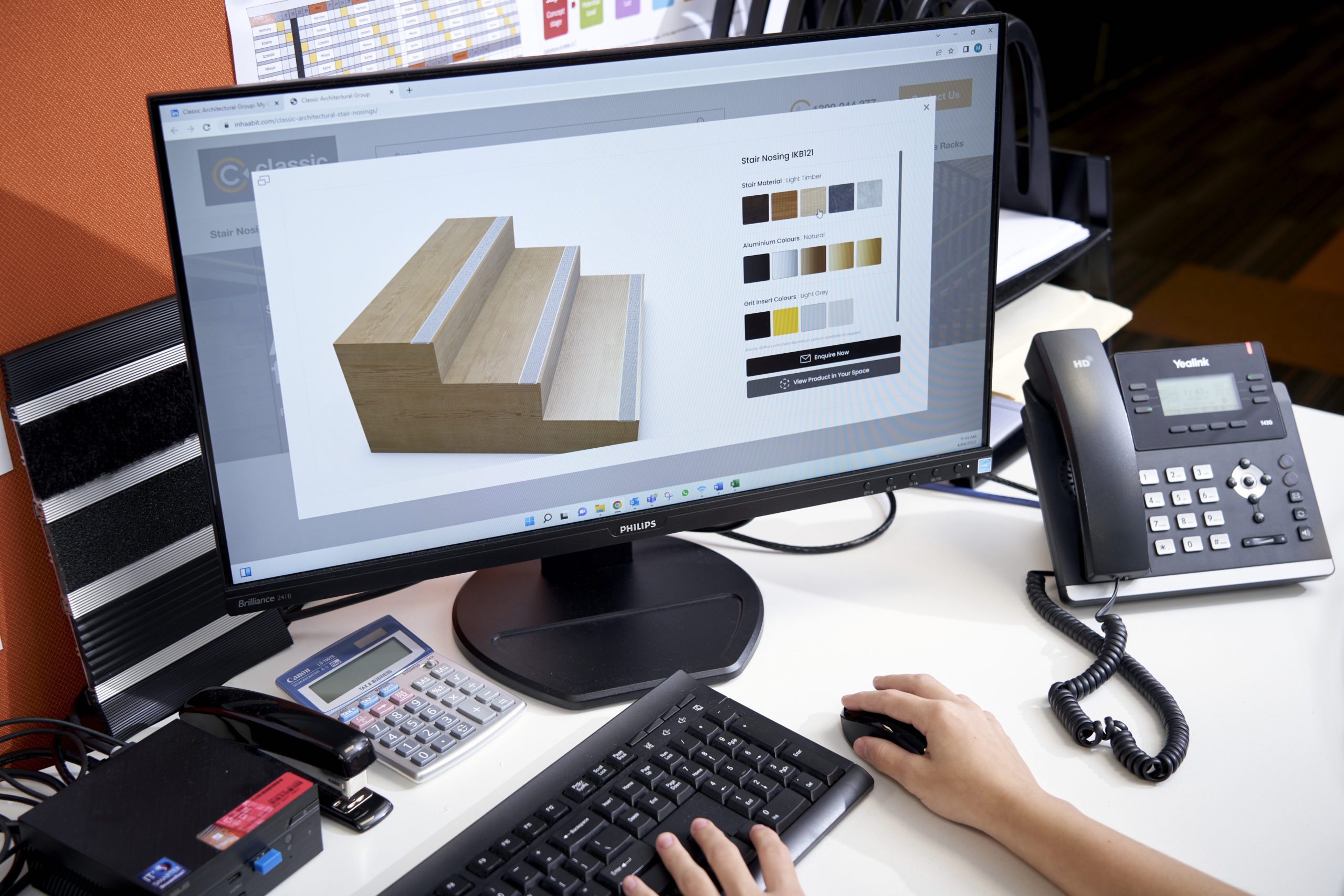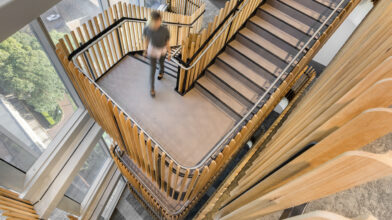In Australia alone, there are more than 575,000 people who suffer from some form of visual impairment. This figure is on the increase, and it is important that we design cities, buildings and infrastructure with an understanding of pedestrian safety in mind. We all deserve to be able to wander the streets and discover all the great things a modern city has to offer, but it is important that we can do so safely.
Enhancing access and safety for all is at the heart of everything we do at Classic Architectural Group, particularly in the role of design in pedestrian.
In Australia, urban planners and designers overlook key details because they have the benefit of full sight. This is to the detriment of the visually impaired, who often remark that safety for pedestrians is lacking, leading to reduced confidence and complete avoidance of certain areas. The blind and visually impaired are unable to read signs and the biggest aid for their mobility comes from innovative new technologies, as well as the effective implementation of tactile ground surface indicators (TGSI’s), braille signs and high-contrast markings.
Some of the most common incidents involving pedestrians are experienced at the following locations:
Entrances:
-
- In public spaces, as the foot-falls near the entrance is maximum, people leaving and entering are more susceptible to falls, trips and slips. Dirt, debris, sand particles or moisture on the footwear of pedestrians can easily cause scratches, stains or scuff marks on the indoor flooring. Considering the fact, the expensive interior flooring surface can easily get deteriorated with time leading to potential slip and trip hazards.
Solution: Covering a floor with matting improves safety and mitigates the risk of potential accidents. An effective matting is engineered to attract dirt, remove any debris and moisture from the footwear of the people as they place their feet on the mat before entering the building.
Stairways:
-
- Falls on stairs account for over 60% of slip, trip and fall deaths in buildings and are a result of a number of complex interacting factors. Despite this, there are times when not enough importance is given to safe stair design and construction principles. The visibility of safe stairs is critical to ensure that a person can prepare to coordinate their gait during stair ascent and decent. For people who do not have visual impairments, there is a reliance of visual clues such as handrails, depth perception in good lighting conditions and high visibility of stair nosings. Poor delineation of the step edge may confuse people negotiating the stairs, particularly in poor lighting conditions and this can increase the risk of a miss step.
Solution: Best practice is to set slip resistive strips with a luminance contrast greater than 30% to the very edge of the stairs. The width of the strips should be between 50-75mm to assist people in negotiating the stairs by clearly delineating the step edge. This is even more important when people’s eyes require time to adapt to lower lighting conditions. To highlight best practice, these safe stair features are required for disability access requirements within AS 1428.1, Design for Access and Mobility; Part 1: General requirements for access – Buildings.
Carparks:
-
- Everyone needs to visit shopping centres, leisure facilities and workplaces. Carparks are always busy, and whilst they are usually low-speed environments, a number of significant accidents have occurred here; particularly involving children and the elderly. Standards are often lacking, and lighting may not allow maximum visibility of pedestrians.
Solution: Ensure clear signage highlighting that the carpark is a shared vehicle/pedestrian zone with a 10km/h max limit; mark out the safest route of pedestrian access in high contrast paint; consider installation of directional tactiles; install speed bumps and bollards to slow drivers and mark out prohibited zones; engage a safety specialist for design advice.
Safer cities for all
At Classic Architectural Group, we know that we’re only as successful as those who we work with, together with the change we effect. We want to help people live their best lives, enhanced in some way by the service and products we offer, and we take this responsibility seriously. This vision drives us to provide innovative access solutions, supported by an enduring commitment to quality and service that delivers the best possible results to keep people safe.






